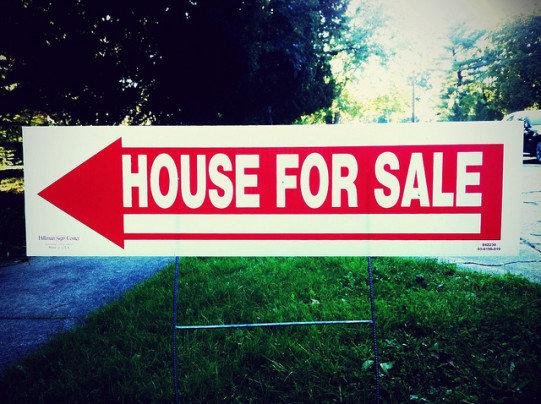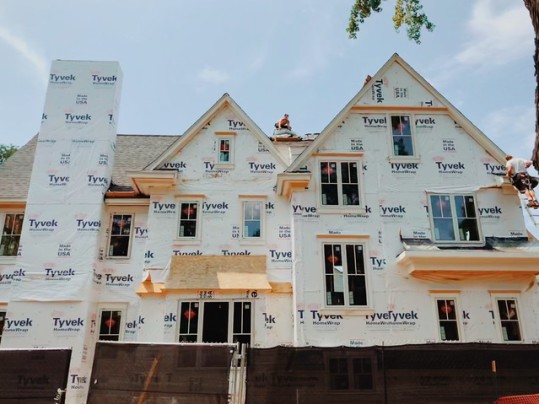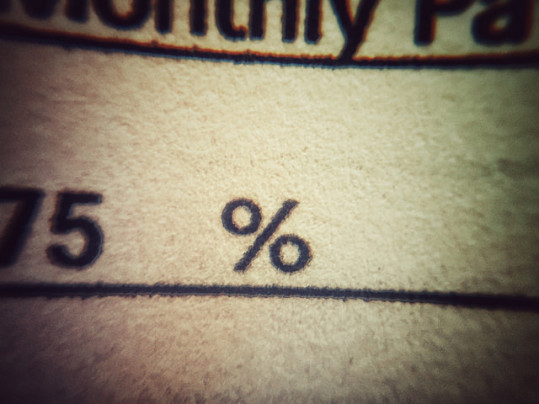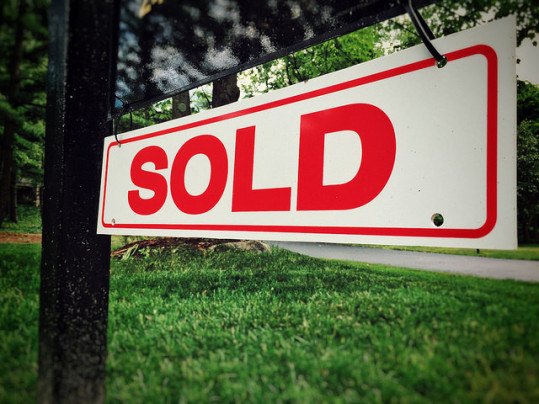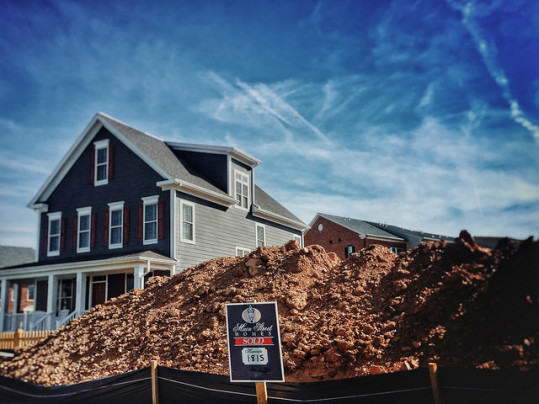For 17 consecutive months, pending home sales data showed contracts to buy homes were below year-before numbers. But after a 2.8 percent jump in June, they’ve finally broken the streak. In fact, according to the National Association of Realtors’ Pending Home Sales Index – which measures the number of contracts to buy homes signed each month – they’re now nearly 2 percent higher than last year. Lawrence Yun, NAR’s chief economist, said favorable buying conditions have spurred a positive turn for home sales. “Job growth is doing well, the stock market is near an all-time high, and home values are consistently increasing,” Yun said. “When you combine that with the incredibly low mortgage rates, it is not surprising to now see two straight months of increases.” In other words, conditions are good for buyers and, after seeing homeowner equity double over the past six years, Americans are enthusiastic about homeownership. The report showed pending home sales up in all four regions, with the West leading the pack with a 5.4 percent month-over-month increase. More here.
Archive for July 2019
Younger Americans Show They’re Eager To Buy
It is commonly assumed that homeownership isn’t as popular among younger Americans as it was among previous generations. But recent data seems to tell a different story. For example, according to the most recent homeownership numbers from the U.S. Census Bureau, Americans under the age of 35 have the fastest growing homeownership rate of any age bracket. In fact, the data shows that – while Americans over the age of 65 still have the highest rate of homeownership – younger Americans saw their rate increase from 35.4 percent to 36.4 percent during the second quarter of this year. By comparison, homeownership among adults 35-to-44 and those older than 65 both fell. That means, millennial home buyers may be the most active buyers in the market right now. This isn’t a big surprise, however. First-time home buyers historically have accounted for around 40 percent of home sales. And, since millennials are now at, or quickly approaching, the age of the typical first-time buyer, it makes sense that there’d be an increasing number shopping for and buying homes. More here.
Prices Increase Slower For More Expensive Homes
It’s said that real estate is all about location. And that’s generally true. But it isn’t the only thing that influences which way prices are headed and how quickly. Price range also makes a difference. For example, a recent analysis of current home prices found that homes in affordable price ranges were seeing annual increases much larger than more expensive homes. In fact, the most affordable third of homes sold in June saw year-over-year increases of 8.7 percent, while the most expensive third of homes only saw prices grow 1.1 percent. That’s no small difference. It is, however, understandable. Supply and demand are more well balanced on the high end of the housing market. The market for affordable homes, on the other hand, currently has more buyers than available homes, which causes prices to rise. But there is reason for encouragement. Available inventory is improving and should begin to help moderate price increases. As this happens, the gap between the high and low end of the market will narrow. More here.
What’s Happening In The New Home Market?
New homes only represent about 11 percent of all home sales. But, though they’re a small slice of housing market activity, they do play an important role. That’s because, when new homes are selling, builders build more houses. And, since adding new homes to the housing stock can help alleviate upward pressure on home prices, a healthy new home market can make buying conditions better for everyone. These days, though, the market faces some challenges. For example, the increasing cost of land and materials means builders struggle to build new homes in price ranges affordable for first-time and entry level buyers. For example, new numbers from the U.S. Census Bureau and the Department of Housing and Urban Development show that the median sales price of new homes sold in June was $310,400. The average price was $368,600. By comparison, at the end of 2018, the average price of homes purchased by first-time buyers was $219,300. Since a significant share of housing demand these days comes from younger buyers, new home sales are held back by the lack of affordable options for this demographic. More here.
Average Mortgage Rates Fall Again
According to the Mortgage Bankers Association’s Weekly Applications Survey, average mortgage rates fell again last week. In fact, rates were down across all loan categories, including 30-year fixed-rate loans with both conforming and jumbo balances, loans backed by the Federal Housing Administration, and 15-year fixed-rate loans. The decline follows an increase the previous week but continues an overall downward trend so far this year. Average rates are now 69 basis points lower than they were last year at the same time. Despite favorable rates, though, refinance and purchase activity both fell from the week before. Joel Kan, MBA’s associate vice president of economic and industry forecasting, said refinance activity may have stalled because rates have been low for so long. “Refinances last week were 7 percent lower than last month,” Kan said. “This is an indication that as we see rates lower for longer, borrowers need more of a drop in rates to consider refinancing.” Demand for loans to buy homes was also down last week, though it remains 6 percent higher than one year ago. The MBA’s weekly survey has been conducted since 1990 and covers 75 percent of all retail residential mortgage applications. More here.
56% Of Homes Sell In Under A Month
If you’re shopping for a house this summer, you should be prepared to move fast. That’s because, homes are selling quickly so far this season and new numbers from the National Association of Realtors show the trend continuing through June. In fact, 56 percent of the homes sold during the month were on the market for less than a month. The typical property lasted just 27 days, which is up from 26 days the month before. Lawrence Yun, NAR’s chief economist, says the housing market is imbalanced and it’s leading to higher prices and more competition for available homes. “Imbalance persists for mid-to-lower priced homes with solid demand and insufficient supply, which is consequently pushing up home prices,” Yun said. However, like all things real estate, your location will determine the conditions you encounter when shopping for a house. For example, home sales in the Midwest and Northeast – where inventory isn’t quite as tight – increased in June. The South and West, on the other hand, saw declines. More here.
More Single-Family Homes Built In June
When shopping for a house, you’re limited to the homes that are on the market at the time you’re looking. That means, though the home you’re dreaming of may be out there, it also may be owned by a happy homeowner with no plans of selling. This is among the reasons why the number of homes for sale is so important. Not only does higher for-sale inventory keep prices in check, it also boosts buyers’ chances of finding something that fits their wish list. In other words, the more homes there are for sale, the better it is for home buyers. And, according to the most recent numbers from the U.S. Department of Housing and Urban Development, there’s reason for encouragement. That’s because the number of new single-family homes built in June increased 3.5 percent from the month before. Greg Ugalde, chairman of the National Association of Home Builders, says demand from buyers is helping push builders to build more houses. “The monthly pick up from May to June in single-family starts is in line with the slight rise in our latest builder confidence survey, as demand remains solid due to a healthy job market,” Ugalde said. If the trend continues and construction of single-family home keeps climbing, the market will be more balanced and home buyers will have a better chance of finding a home that fits their needs and budget. More here.

